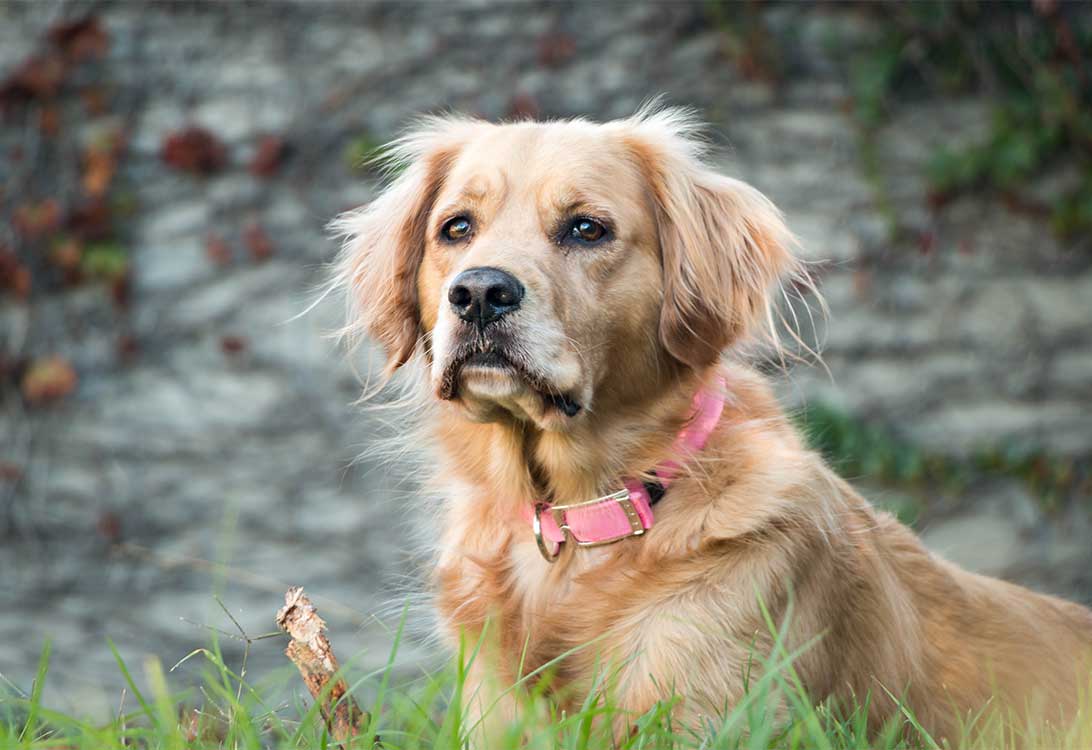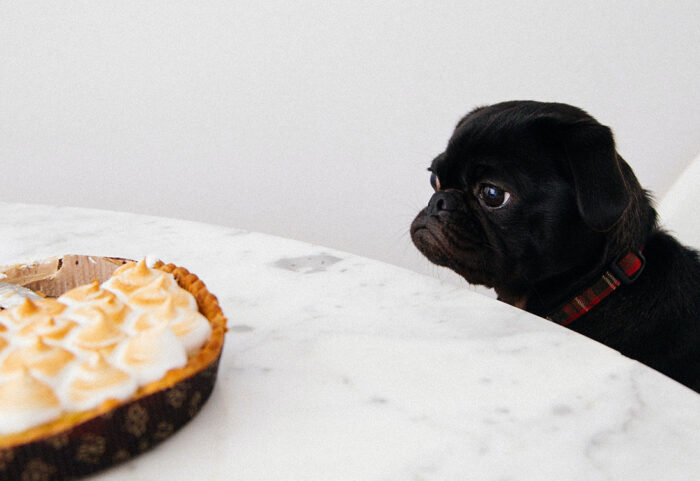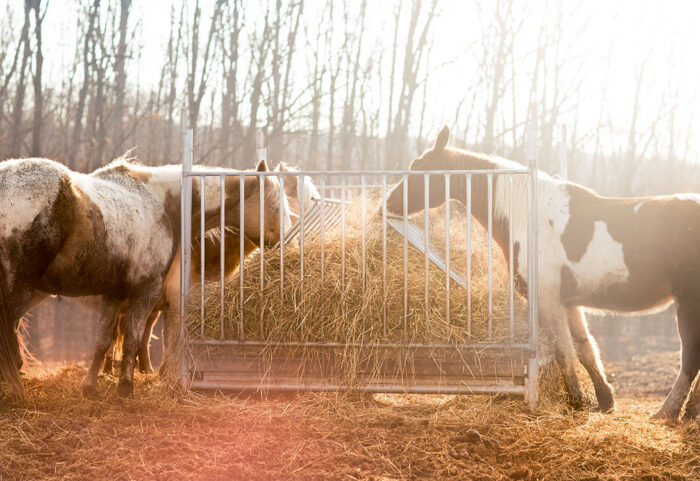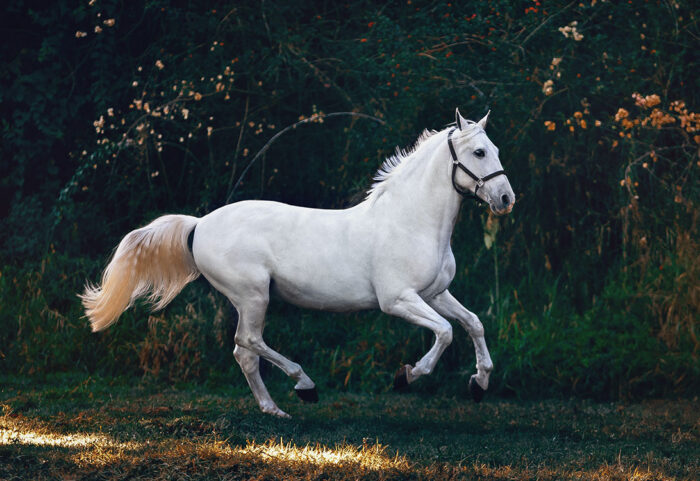Your Dog Has a Lump. What Should You Do?

You’re petting your dog when out of nowhere…you feel a lump. Your heart rate spikes, your eyes get wide, and your brain immediately runs to the c-word. Finding a lump on your dog is always an unsettling experience. Here’s what vets want you to know.
First, Don’t Panic
No, seriously, there’s no reason to panic! Statistically, your dog’s lump is many times more likely to be something totally innocuous than it is to be something serious. There are a lot of things a lump could be:
- Sebaceous Cyst: Basically a big, fat pimple
- Abscess: Pus build-up under the skin, usually caused by infection
- Fatty Tumor: A generally harmless build-up of fat
- Cancerous Tumor: Cancer that may or may not spread throughout the body
What to Look For in a Lump
So, how do you tell what kinds of lumps are worth worrying about? All vets recommend that you make an appointment to have your dog seen if an unidentified lump appears, no matter the size. While you’re waiting on your appointment, note whether the lump appeared rapidly or whether it may have been hiding under fur for months. Also note for the vet whether it’s bleeding, seems to be pus-filled, or if it seems to be painful to the touch.
How Vets Assess a Lump
Your vet will look for several things when assessing your dog’s lump. First, she’ll ask you several questions about the lump itself: When did you notice it? Has it moved or changed colors? Then she’ll ask you general questions about your dog’s behavior: Is he still eating well? Has he become more lethargic or apathetic? When performing a physical exam of the lump, your vet will inspect it to determine its exact size, density, and shape. She’ll also determine how much, if any, pain it seems to be causing to your dog. From there, she might extract a few cells from the lump using a needle to have them analyzed at a lab. Full biopsies aren’t always necessary, but they can be if the lab analysis is inconclusive. Once your vet has more information on exactly what a lump is made of, the two of you can come up with a treatment plan that involves anything from “doing nothing” to “removing the lump with surgery.”
Don’t Worry – Call the Vet!
Remember, there are lots and lots of reasons a dog could have a lump that aren’t cancer. Cysts, warts, infected hair follicles…dogs’ skin is just like humans, and it has its issues, too. Having your dog seen by an experienced veterinarian at least once a year for a wellness check will give you some peace of mind that he’s continuously healthy.


